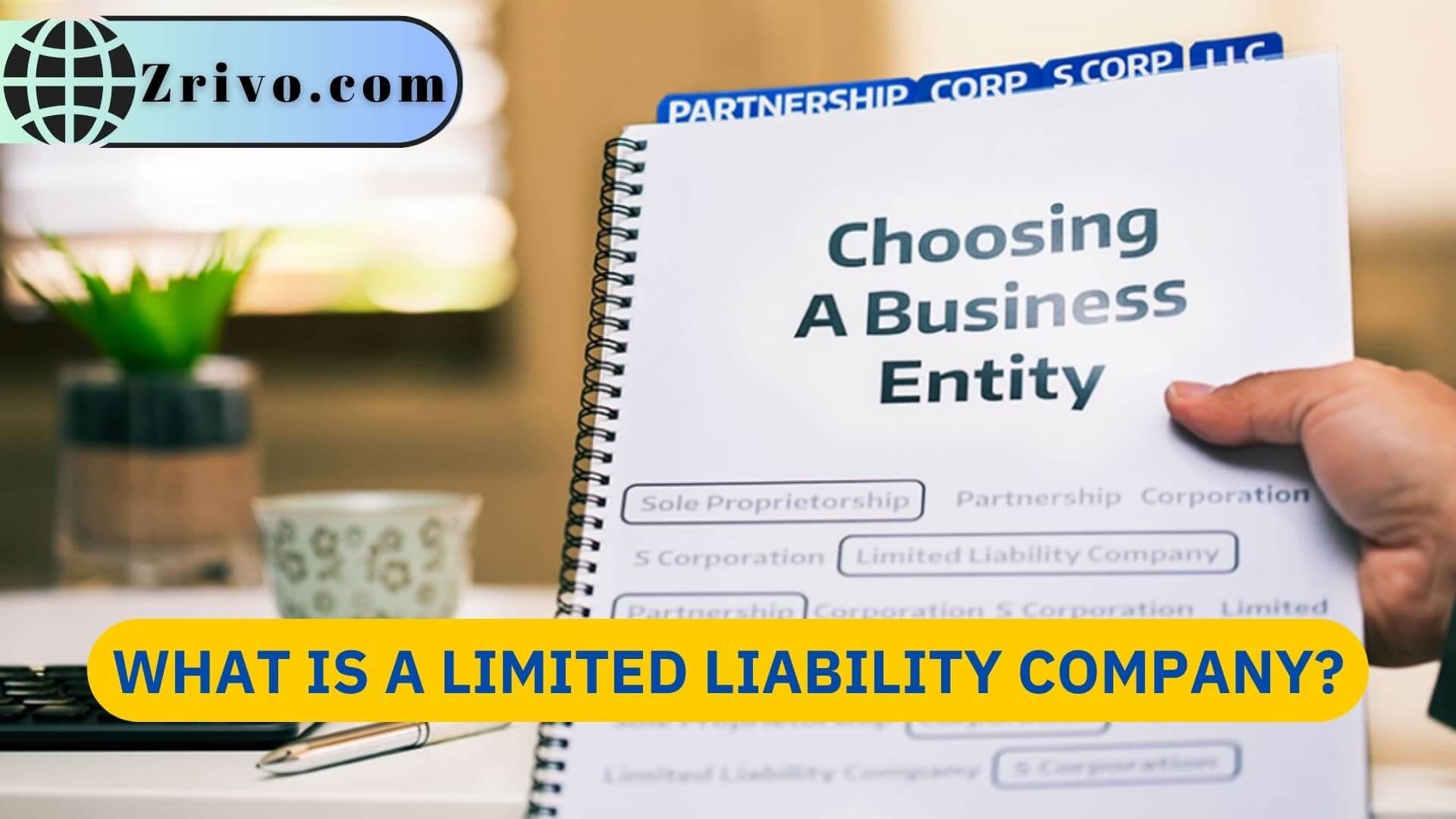An LLC combines corporation-style limited liability with partnership-style flexibility. The structure enables business owners to establish a flexible management structure while offering pass-through taxation and liability protection. LLCs may be established by one or more individuals, corporations, partnerships, or foreign entities. Although most states allow single-member LLCs, some states have restrictions on the number of owners or prohibit certain types of businesses from forming as LLCs. Check with your state’s regulations to learn more about your jurisdiction’s minimum requirements.
The members of a multimember LLC can choose to establish an internal operating agreement that outlines each member’s rights, privileges, duties, and liabilities. It must be adopted before, at the time of, or within ninety days after filing articles of organization. It must be signed by the organizer and attested to by a notary public. The Secretary of State grants a charter upon filing articles of the organization legally recognizing an LLC as a distinct business entity.
A professional limited liability company, or PLLC, is like an LLC but focuses on specific professions such as accounting, law, or medicine. These businesses work under a PLLC when states that regulate licenses on specific trades prevent them from forming normal LLCs. PLLCs run similarly to LLCs, and the owners benefit from pass-through taxation. However, they cannot eliminate personal liability for their negligence and wrongful acts. In addition, the PLLC must be registered with the Secretary of State before conducting business.
Pros of LLCs
- A primary advantage of an LLC is that it limits the liability of its owners. This means that the owner’s personal assets are protected if the company incurs debts or is sued. This includes cars, bank accounts, and investments. The structure is ideal for protecting appreciating assets, such as real estate and stock portfolios. This is especially important for small businesses that wish to raise capital by selling ownership shares.
- Another benefit of LLCs is their simplicity in terms of documentation and operation. Unlike shareholders in a corporation, members of an LLC do not need to hold an annual meeting or prepare and file minutes. In addition, LLCs require less record-keeping compared to corporations.
- LLCs can choose how they want to be taxed. This flexibility is not available with other business forms, such as sole proprietorships and partnerships. The IRS treats LLCs as corporations for tax purposes, but they can elect to be taxed as partnerships or S corporations (as long as they meet the qualifying criteria). This means that they are able to avoid double taxation.
Cons of LLCs
- The primary disadvantage of an LLC is that it requires more paperwork and fees than a sole proprietorship. The company must file an operating agreement and regular statements of information, along with paying annual fees and taxes. These fees can add up, especially if the company grows quickly or experiences high income. Additionally, some lenders will only lend to companies that have incorporated.
- It should be noted that an LLC cannot shield its members from certain liabilities, such as tortious actions. This is because a court could pierce the veil of an LLC to hold its members personally liable for illegal activities. Nonetheless, an LLC is still a great option for most small businesses. The structure is easy to set up and maintain and offers a lot of flexibility.
